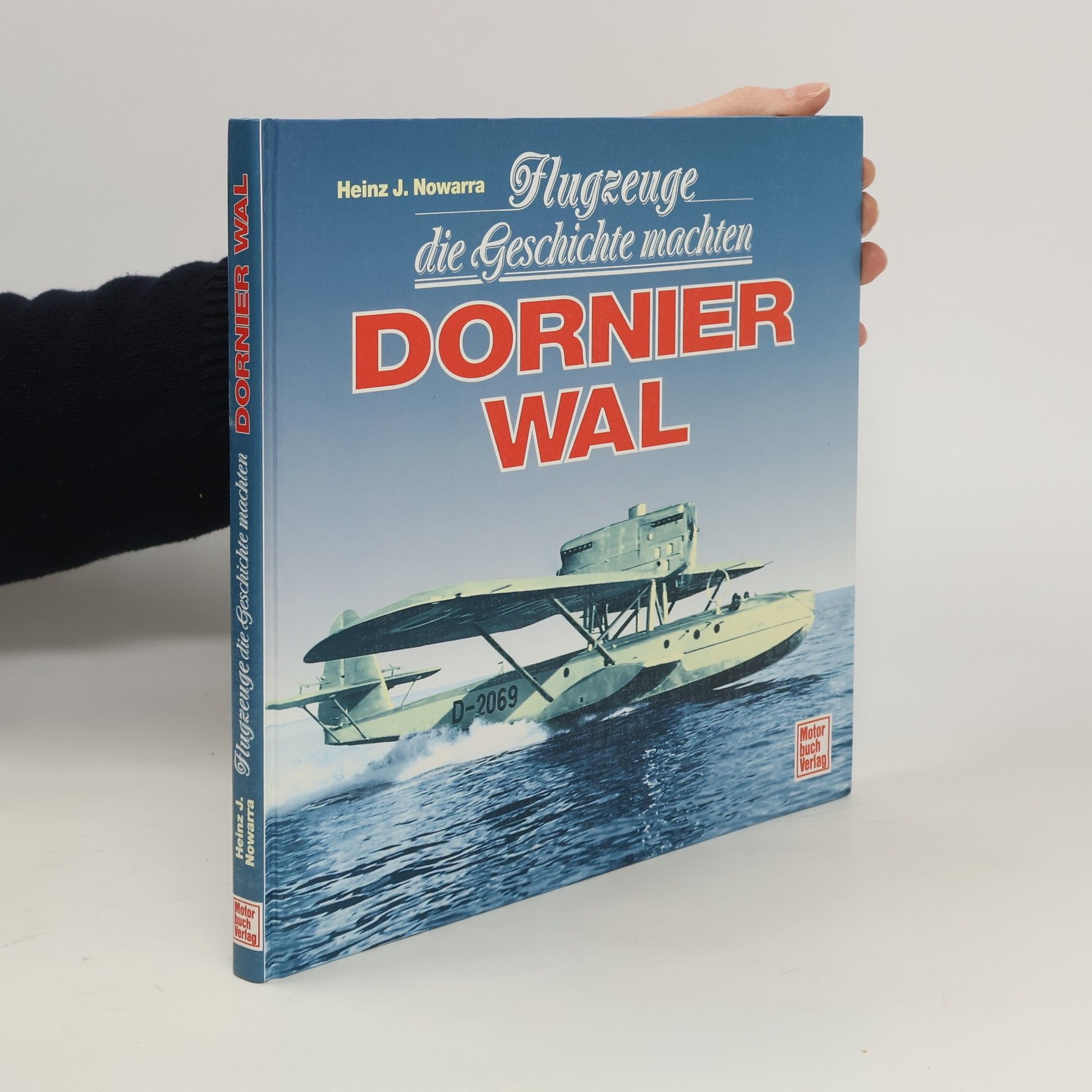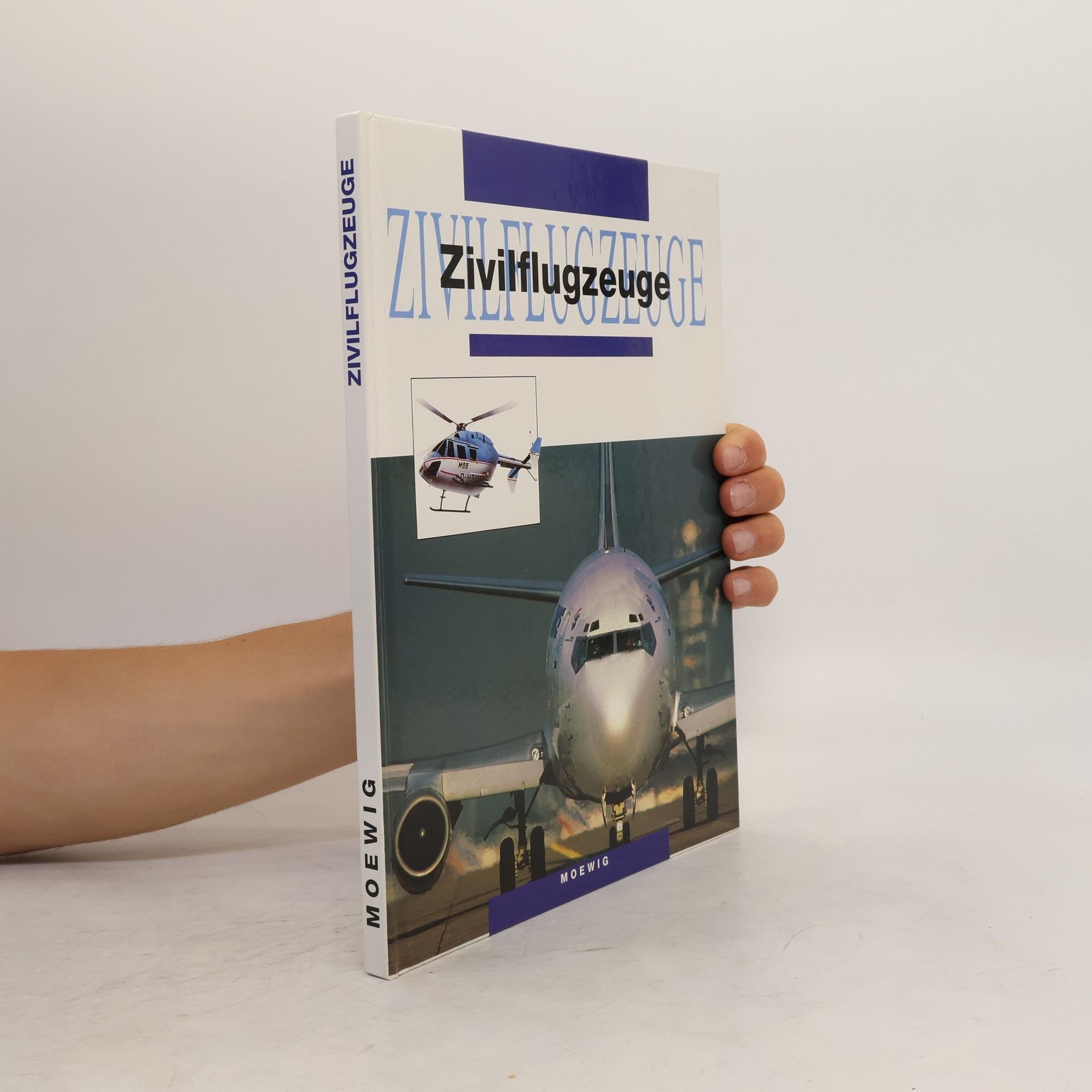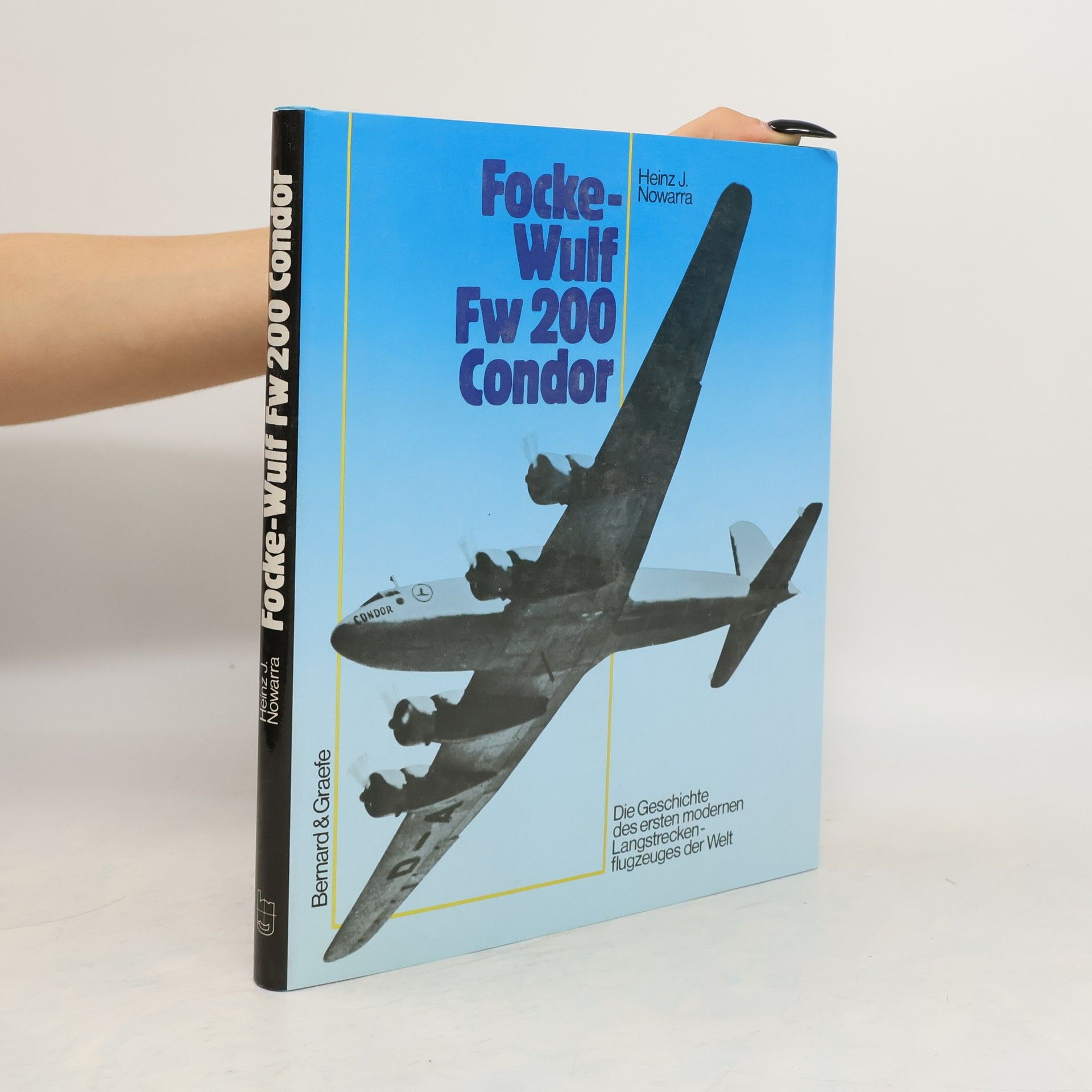Heinz J. Nowarra Book order
December 24, 1912 – November 4, 1992
Heinz Joachim Nowarra worked in the aviation industry during the Second World War. In the postwar period, he wrote extensively on aviation history, with most of his work originally in German and a significant proportion also in English. Many of his English language publications were issued by an American publisher.
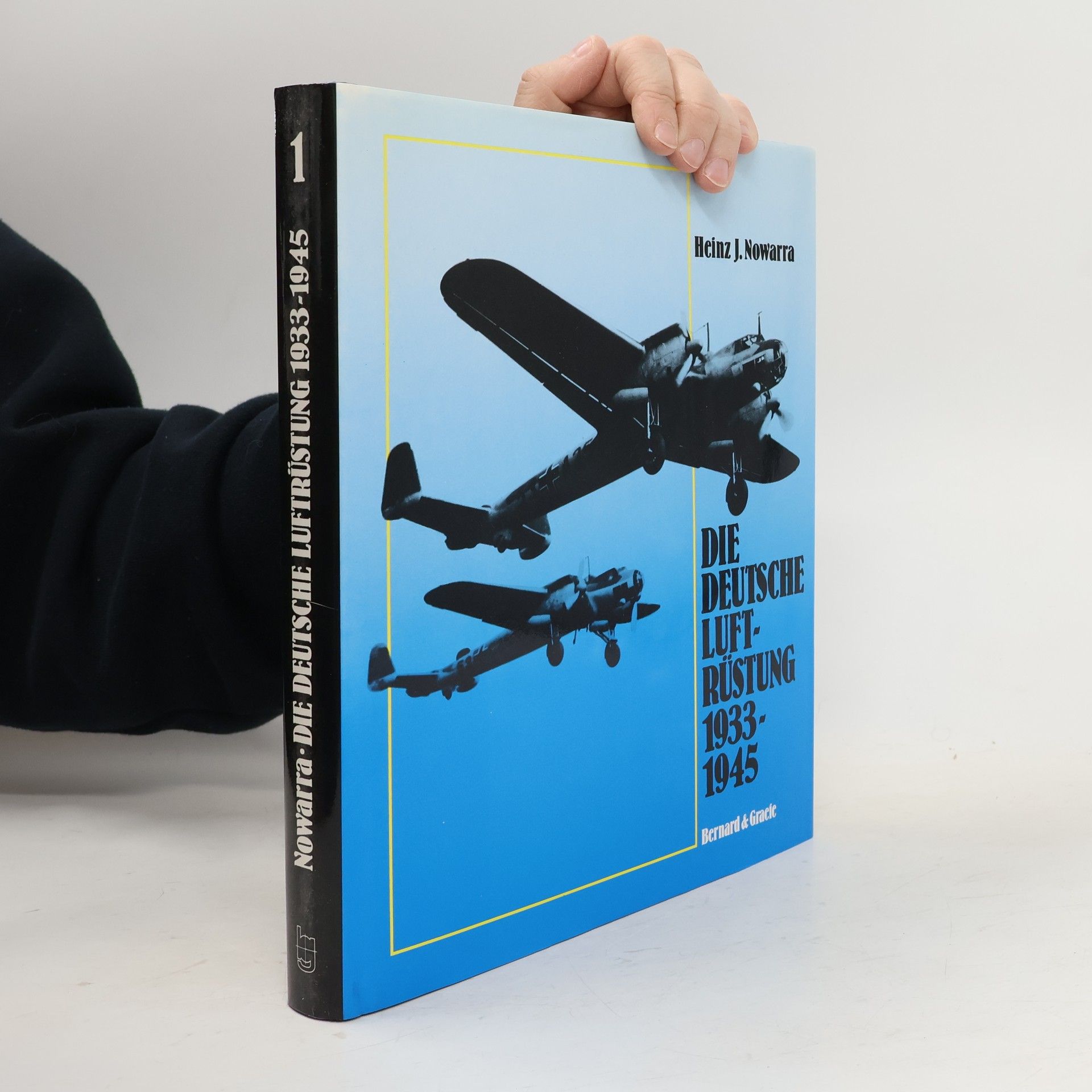
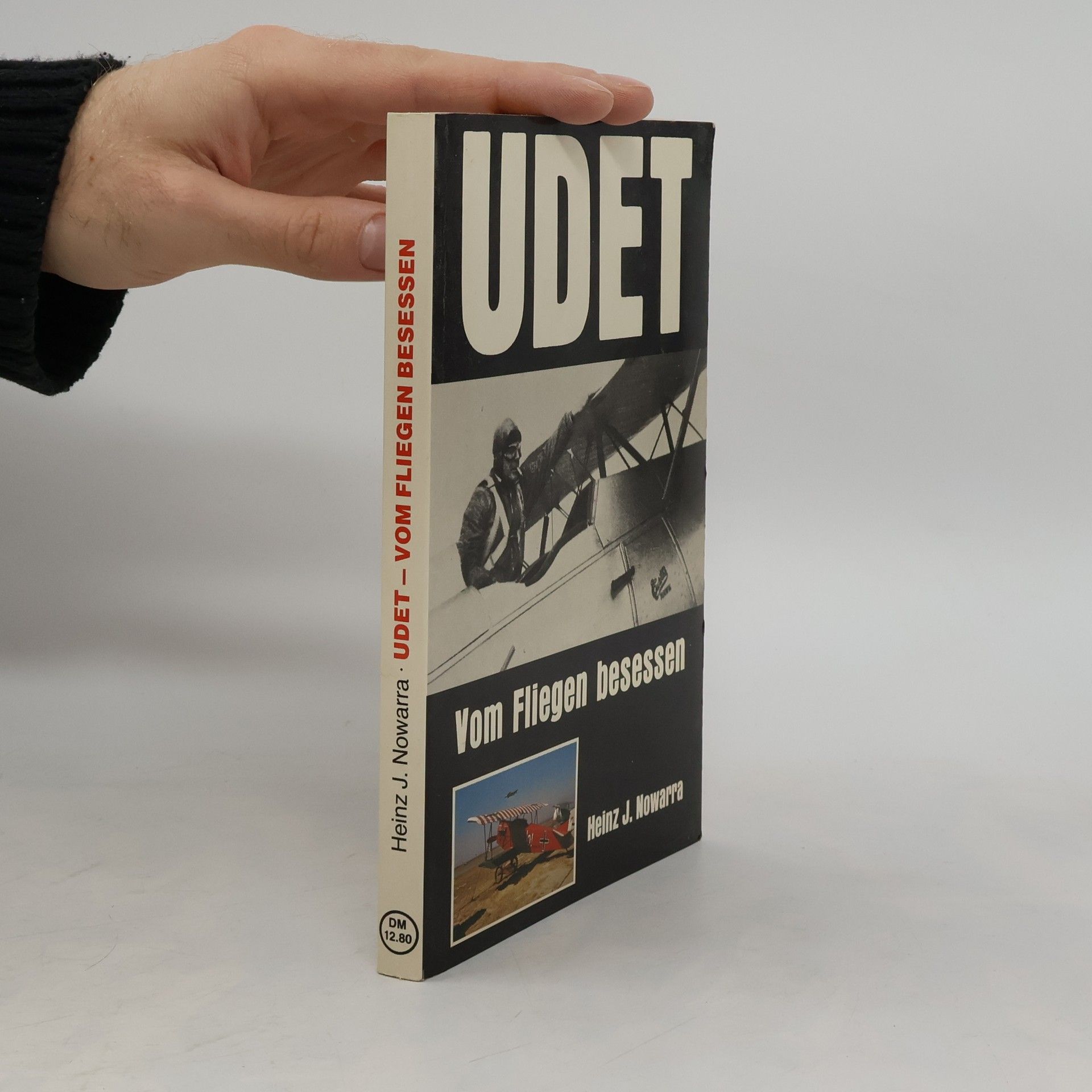
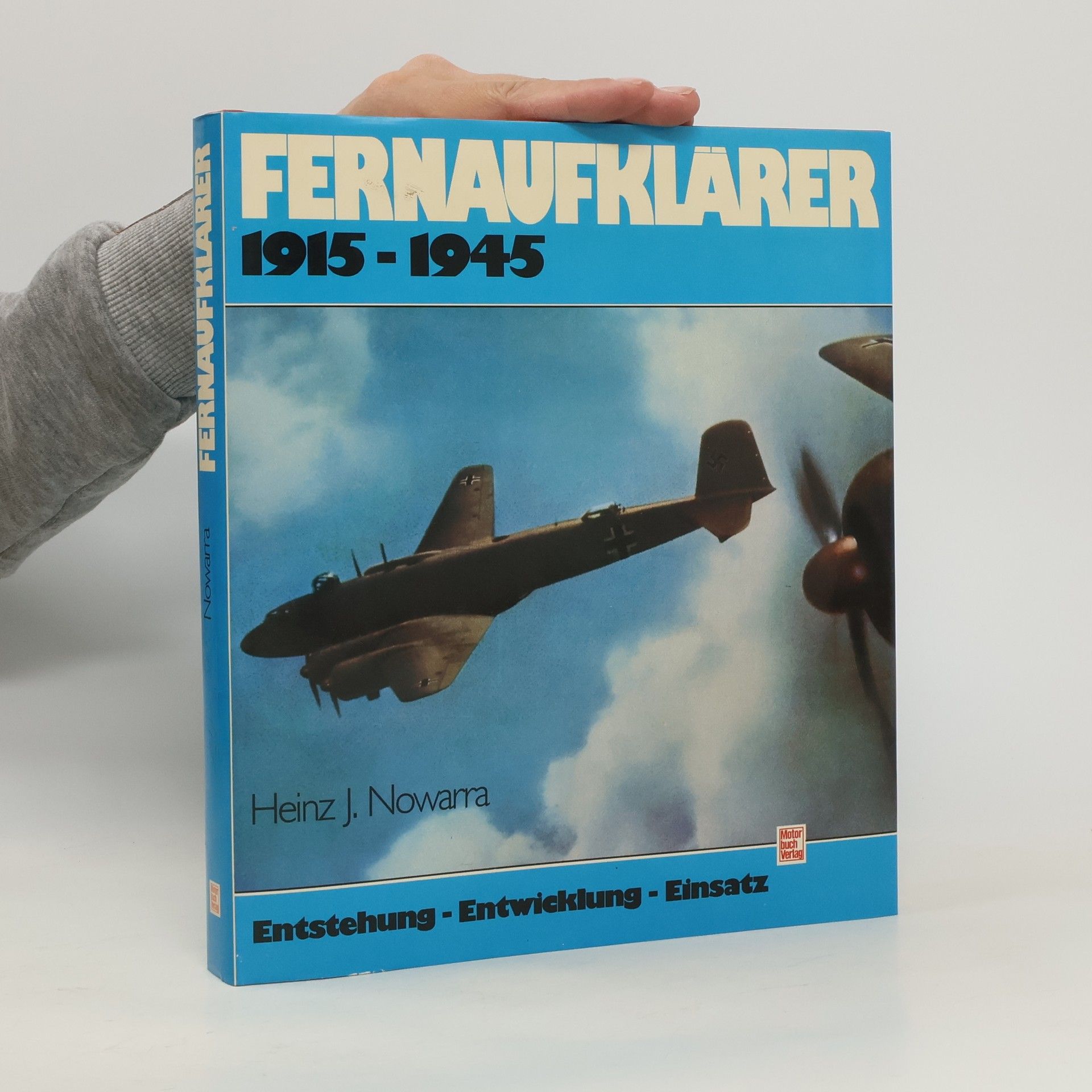


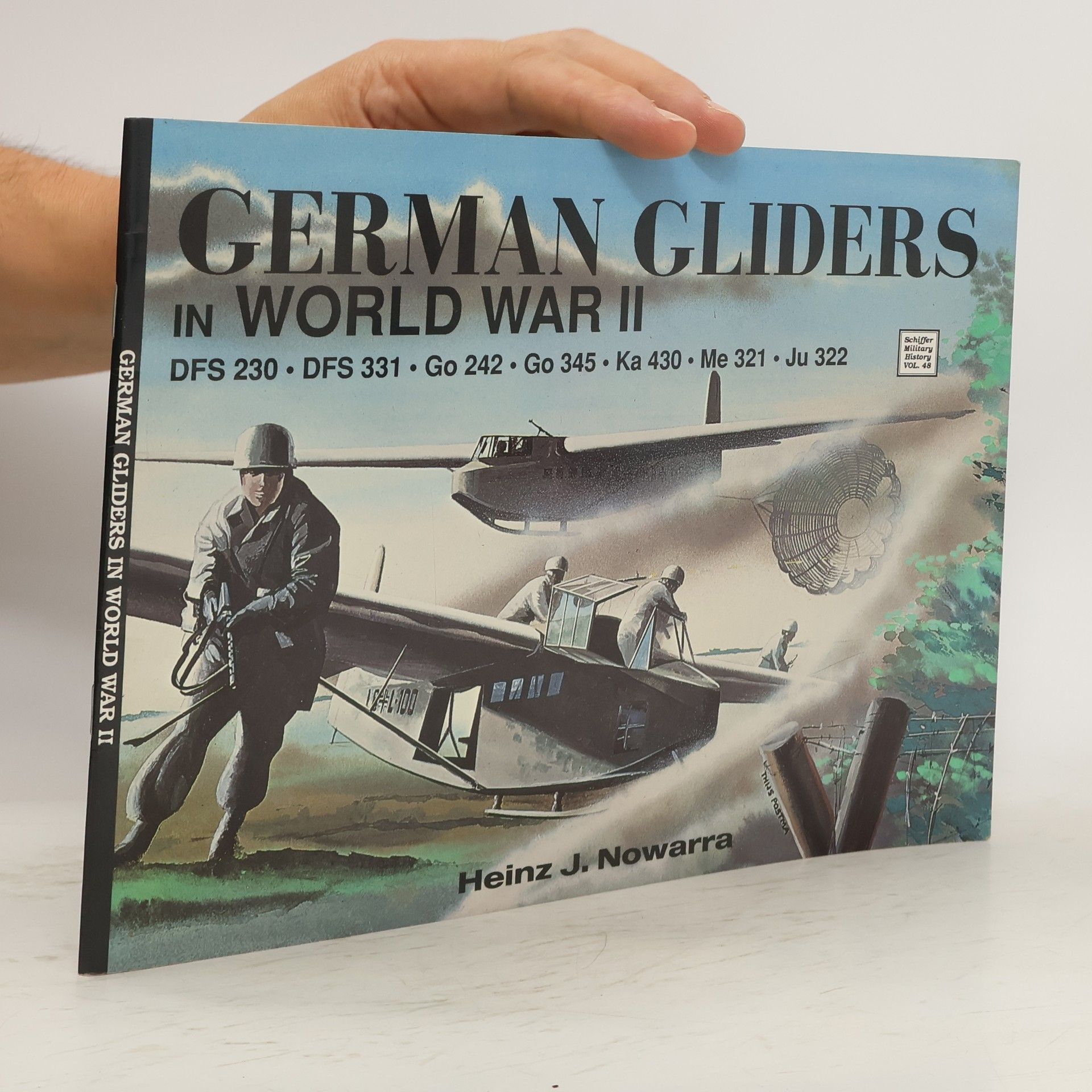
- 1998
- 1993
- 1993
- 1991
German Gliders in World War II
- 47 pages
- 2 hours of reading
This rarely presented topic is shown in its uses as personnel, assault and equipment transport.
- 1991
Ein uralter Menschheitstraum wurde mit der Konstruktion des ersten Flugzeuges wahr
- 1991
Segelschiffe
- 77 pages
- 3 hours of reading
Die Geschichte der Segelschiffe ist gleichbedeutend mit der spannende Geschichte menschlicher Entdeckungen und Pioniergeistes. Mit technischen Details und vielen Abbildungen



